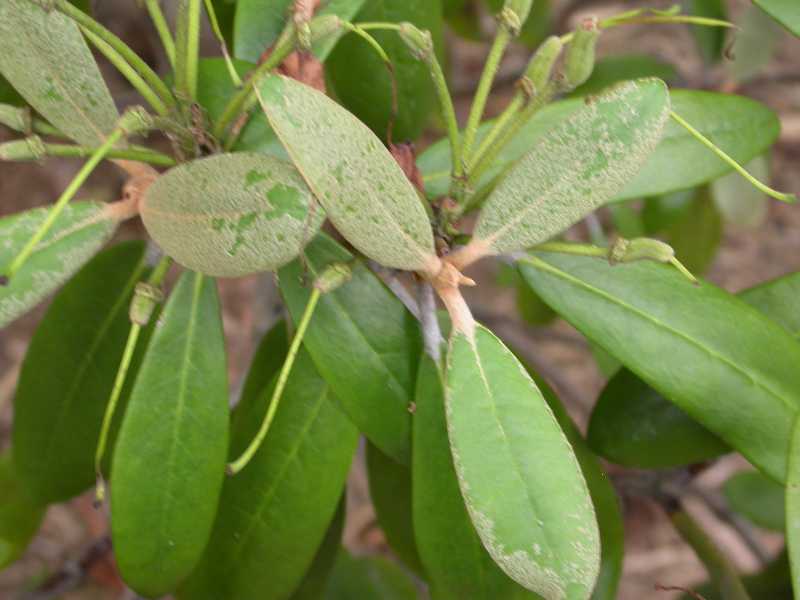 |
| These rhododendron leaves may look diseased but actually this is normal pubescence |
|
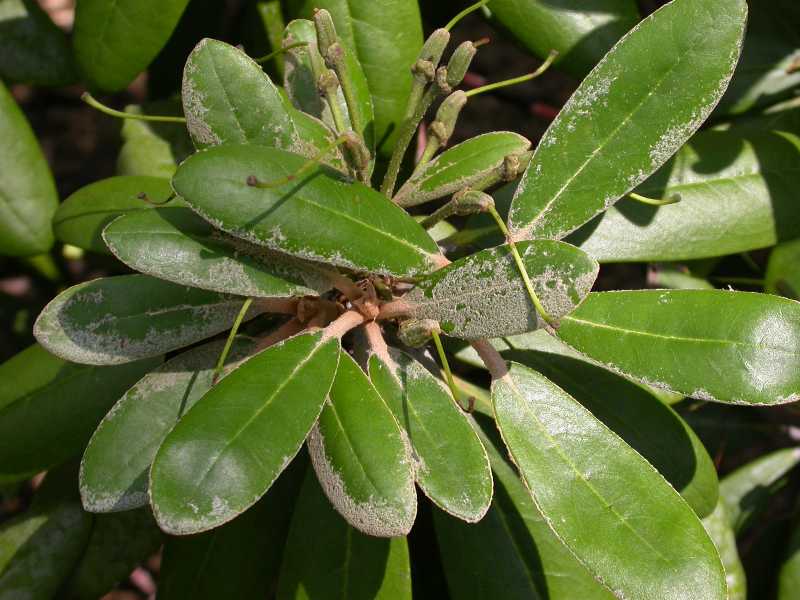 |
| Normal pubescence on rhododendron leaves |
|
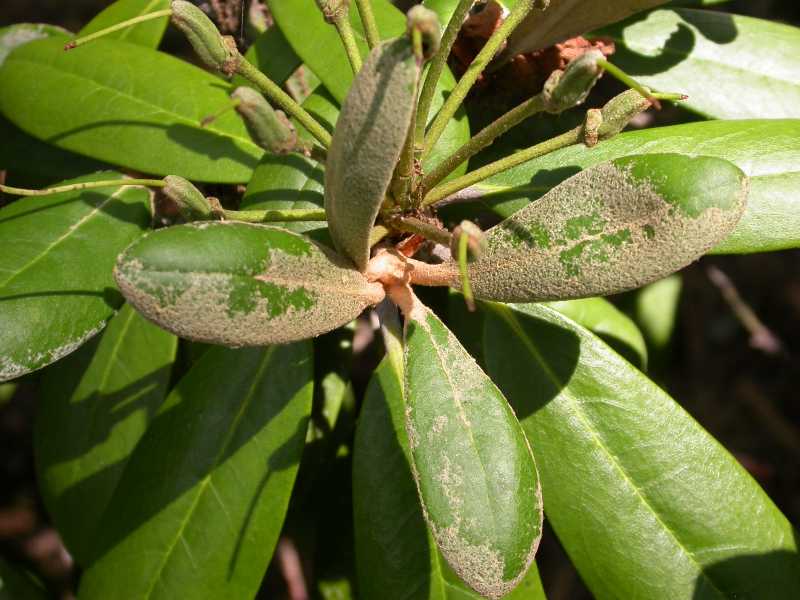 |
| Normal pubescence on rhododendron leaves |
|
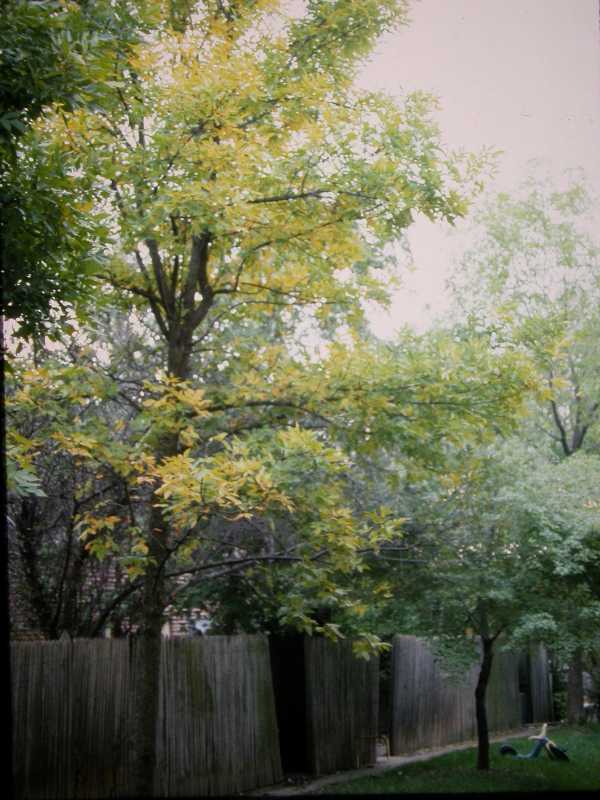 |
| Yellowing leaves on ash (Fraxinus) caused by normal senescence in the fall. |
|
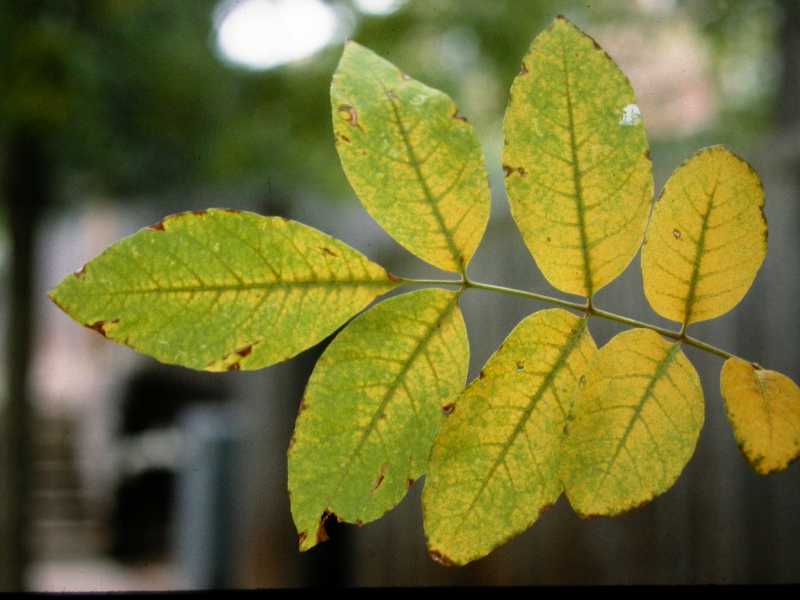 |
| Close-up of yellowing leaves on ash (Fraxinus) caused by normal senescence in the fall. |
|
 |
| Grafted trees often have bulges at the point of the graft union. This is normal. |
|
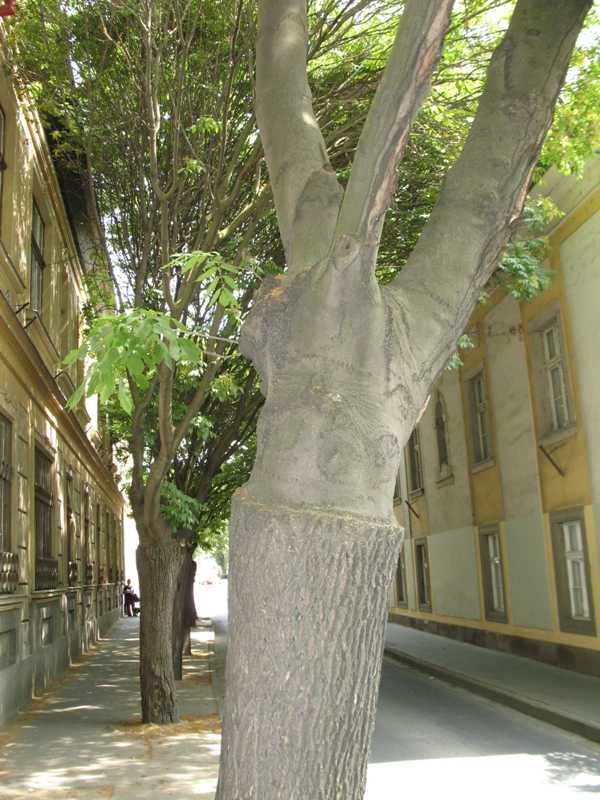 |
| Enlarged graft unions are normal. |
|
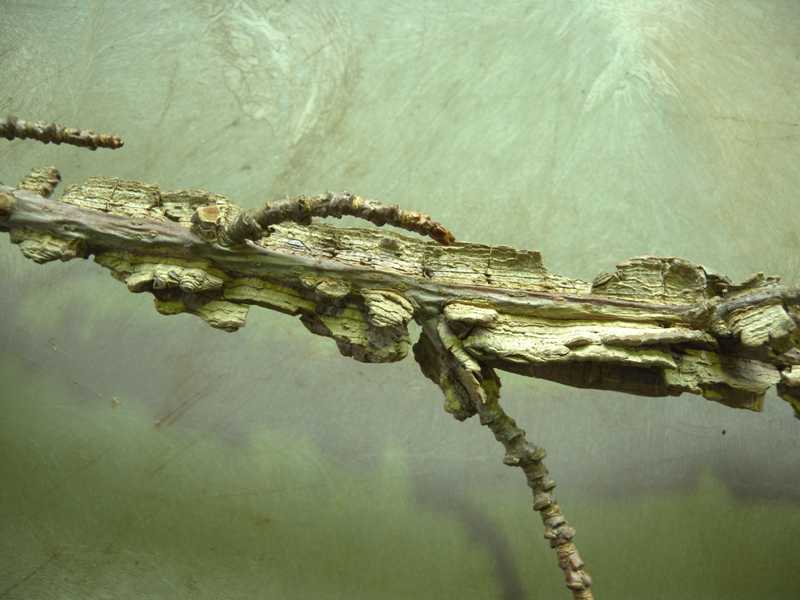 |
| Not all sweet gum trees (Liquidambar) have corky bark, but those that do are normal. |
|
 |
| Not all sweet gum trees (Liquidambar) have corky bark, but those that do are normal. |
|
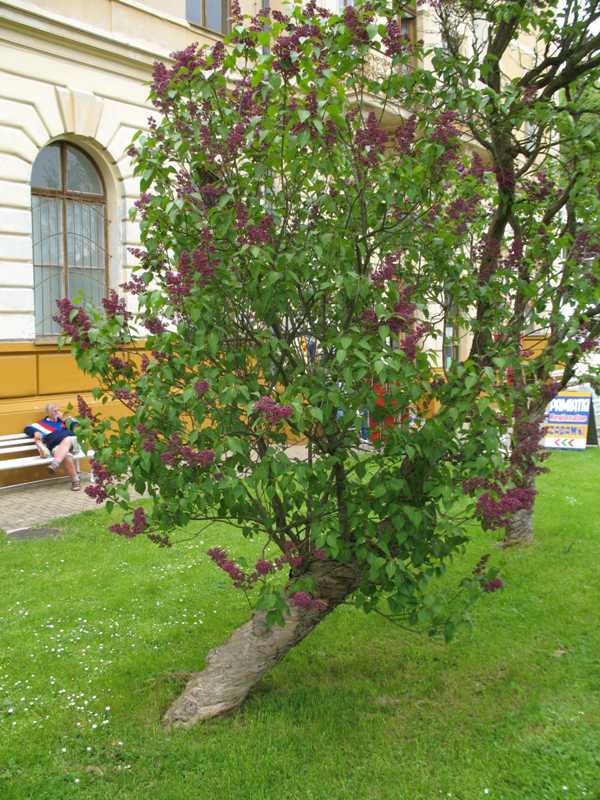 |
| Twisted bark on lilac (Syringa) |
|
 |
| Twisted bark on lilac (Syringa) |
|
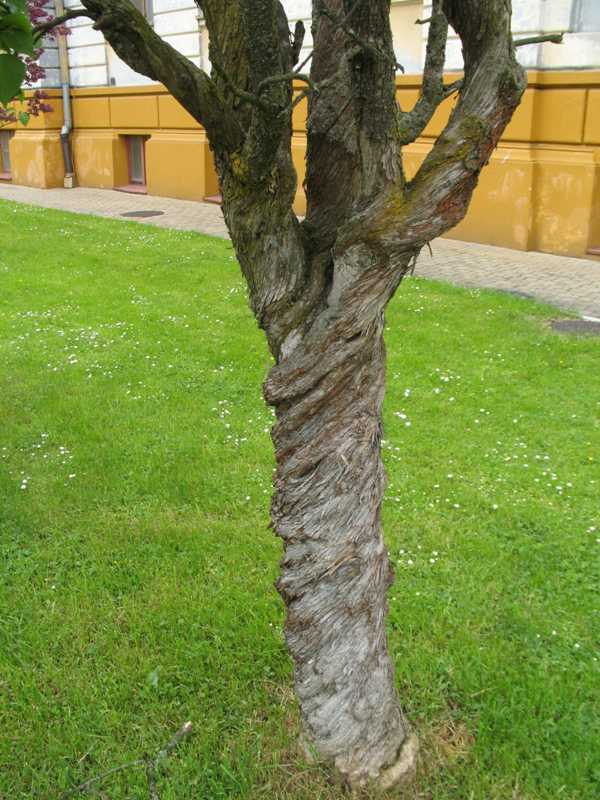 |
| Twisted bark on lilac (Syringa) |
|
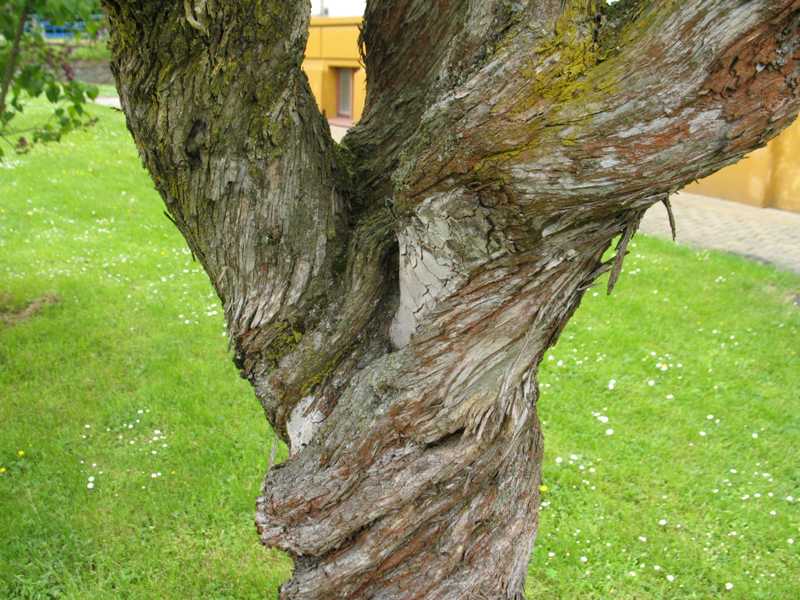 |
| Twisted bark on lilac (Syringa) |
|
 |
| Nodules of nitrogen fixing bacteria on soybean (Glycine) roots |
|
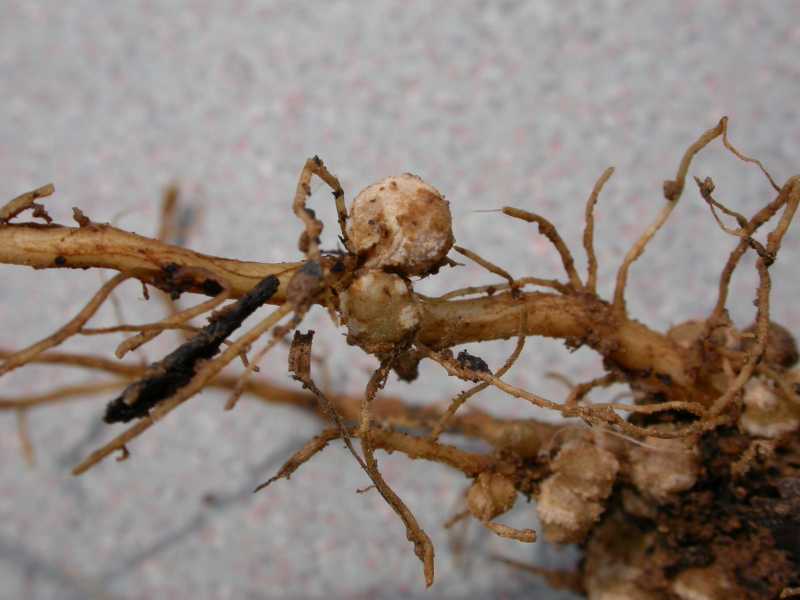 |
| Close-up of nodules of nitrogen fixing bacteria on soybean (Glycine) roots |
|
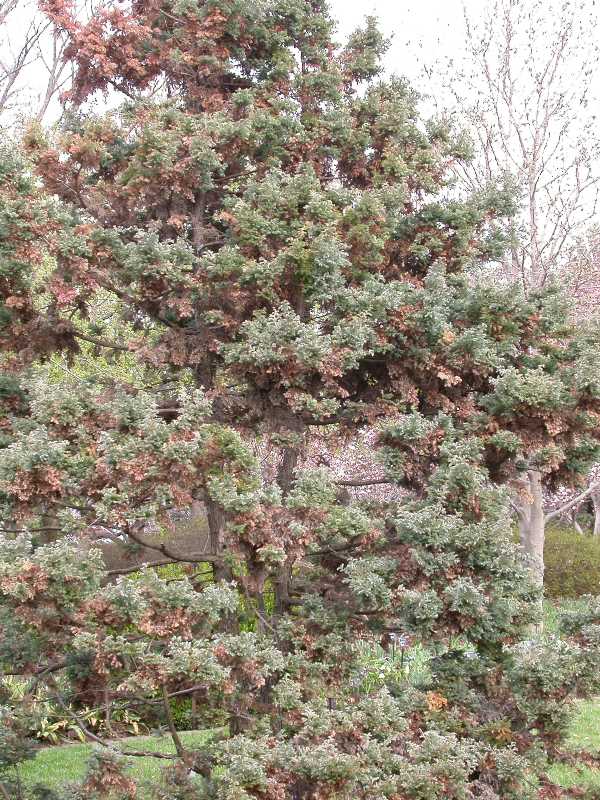 |
| Annual needle drop on juniper (Juniperus) |
|
 |
| Close-up of annual needle drop on juniper (Juniperus) |
|
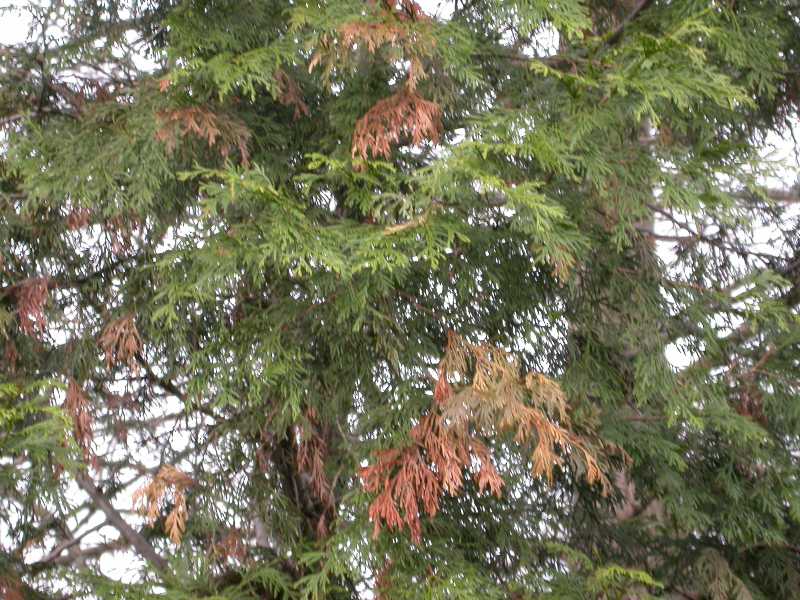 |
| Close-up of annual needle drop on arborvitae (Thuja) |
|
 |
| A pin oak (Quercus palustris) with normal root flare |
|
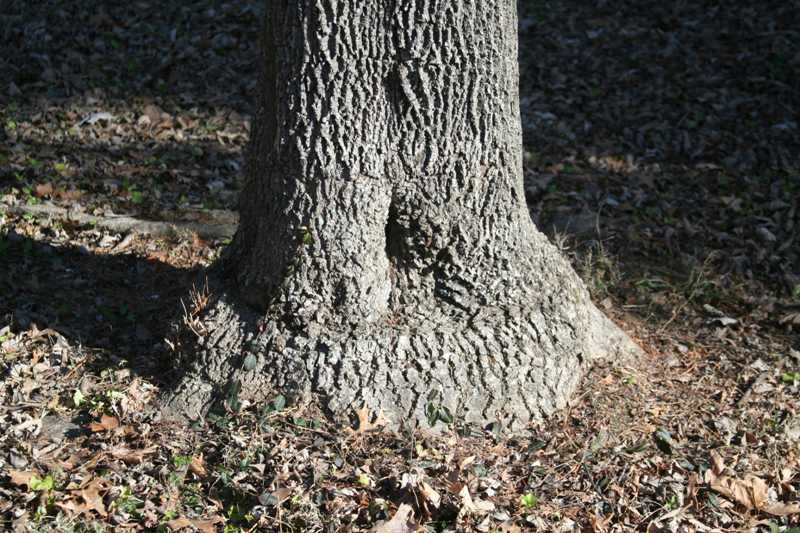 |
| The swollen crown on this ash tree (Fraxinus) indicates the graft union and is normal for a grafted tree |
|
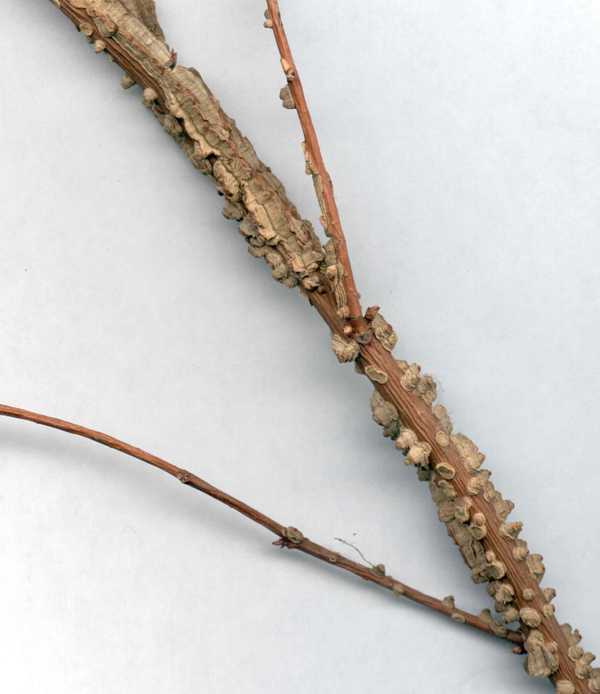 |
| Some plants produce corky bark along their branches like this burning bush or winged euonymus (Euonymus alatus), although this may look odd, it is normal |
|
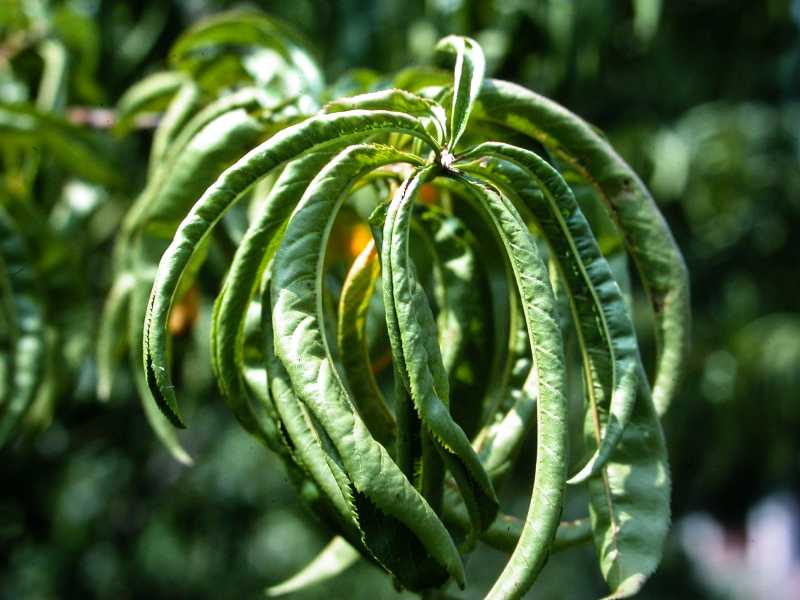 |
| Curled leaves on this peach (Prunus) may be just an individual quirk and is normal for this plant |
|
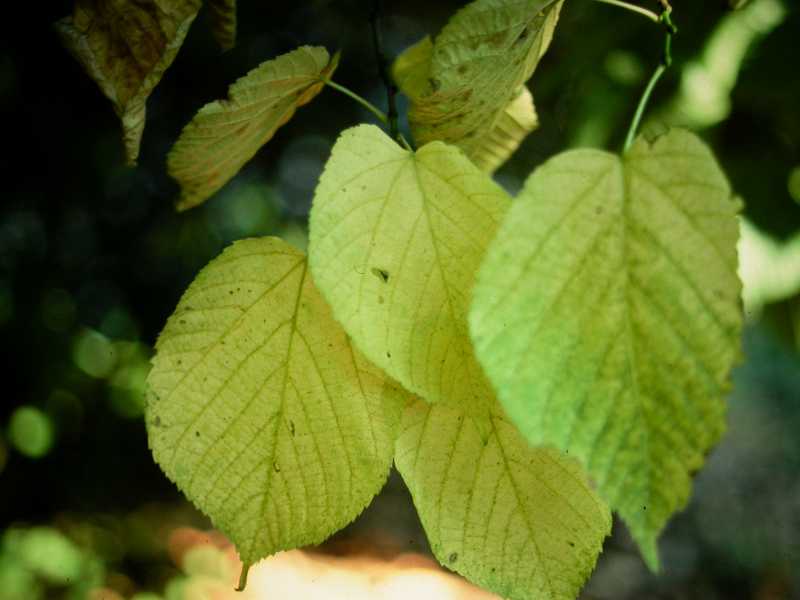 |
| Yellowing leaves on linden (Tilia) caused by normal senescence in the fall |
|
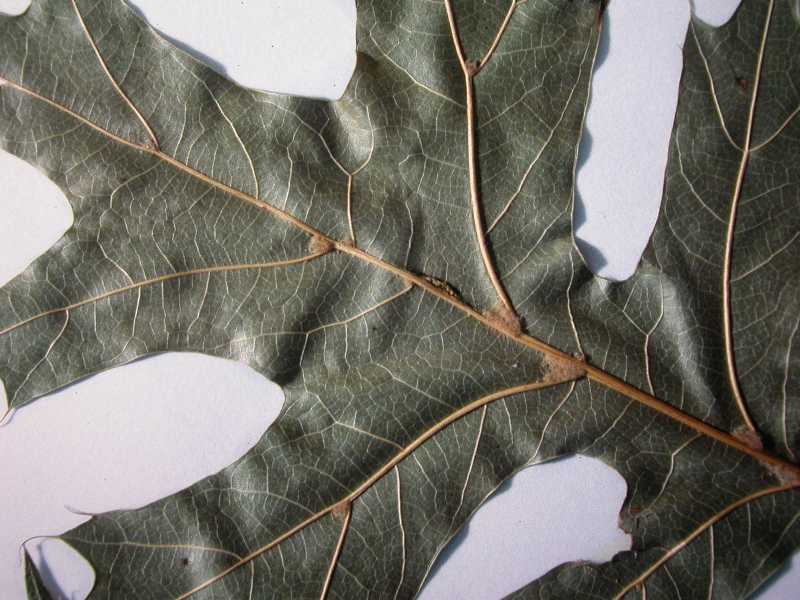 |
| At first glance the cluster of hairs in the vein axils on this pin oak leaf (Quercus palustris) may look unusual, but they are normal and can be found on all pin oak leaves |
|
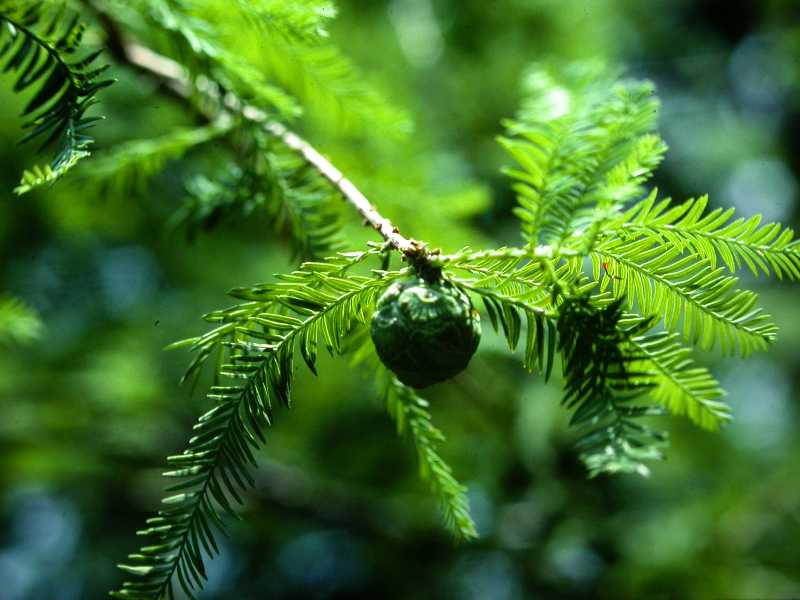 |
| Not all cones are cone-shaped, as the cone on this bald cypress (Taxodium), which is often mistaken for a gall |
|
 |
| Raised lenticels might be mistaken for insects or other growths but they are perfectly normal for a forsythia (Forsythia) |
|
 |
| Normal needle drop on jack pine (Pinus banksiana); note, yellow inner needles |
|
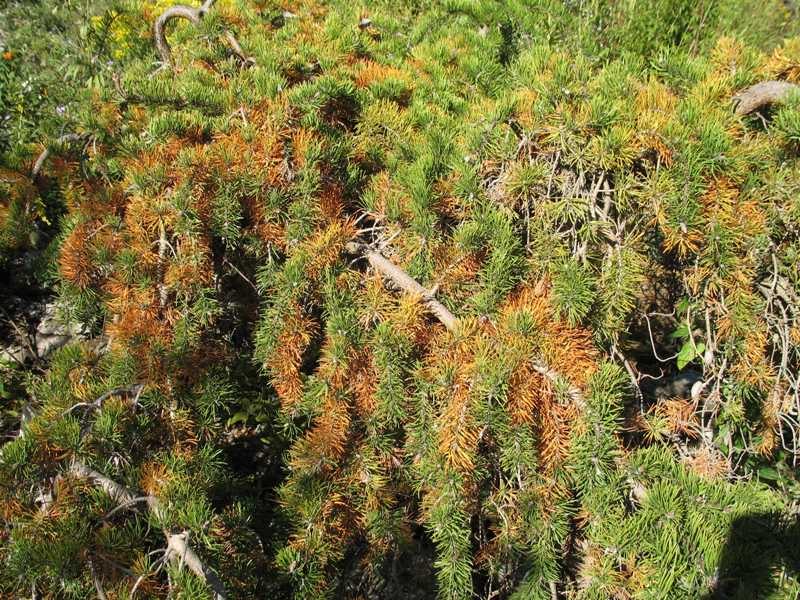 |
| Normal needle drop on jack pine (Pinus banksiana); note, yellow inner needles while growing tips are unaffected |
|
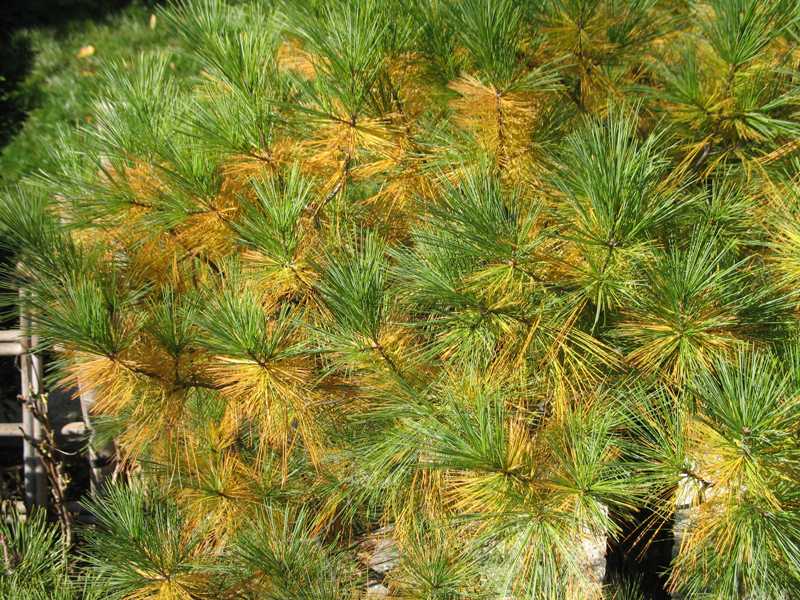 |
| Yellowed interior needles on white pine (Pinus strobus) caused by normal needle drop; note that growing tips are unaffected |
|
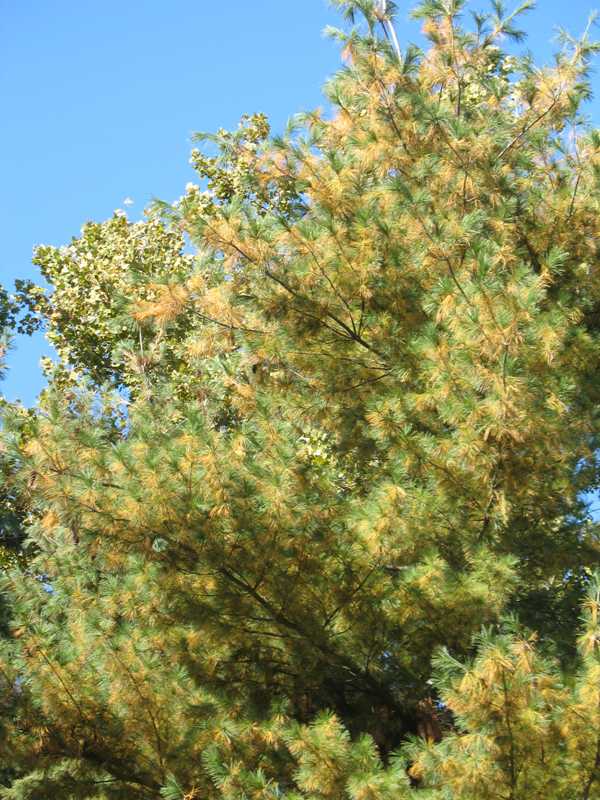 |
| Yellowed interior needles on white pine (Pinus strobus) caused by normal needle drop; note that growing tips are unaffected |
|
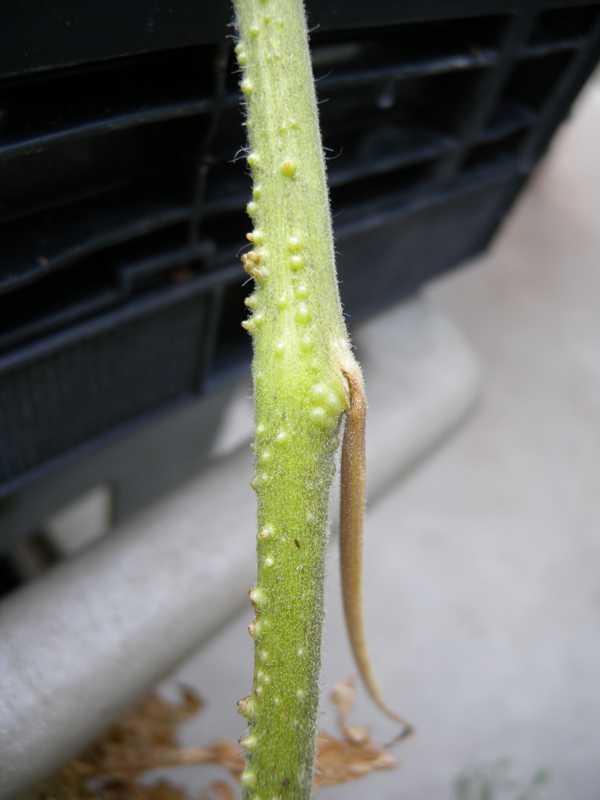 |
Root iniatives on tomato stem (Lycopersicon) are normal and not a problem.
|
|
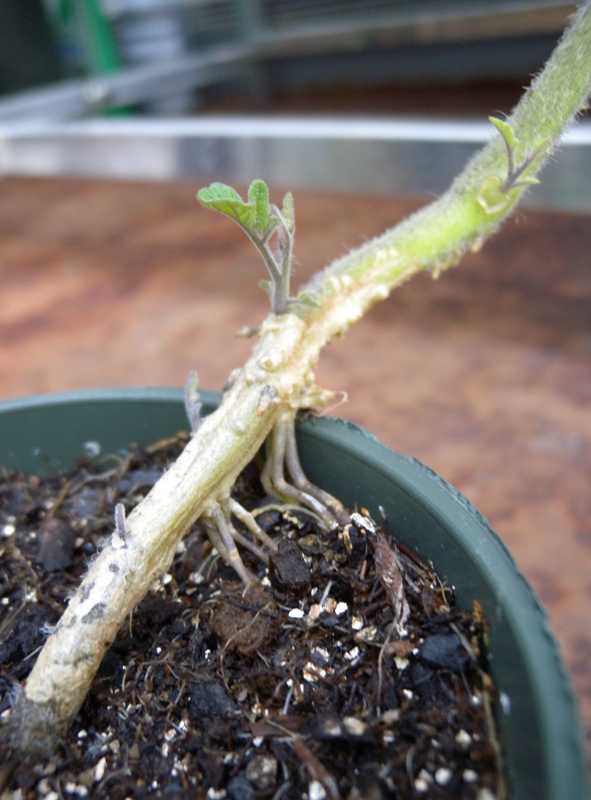 |
Root iniatives on tomato stem (Lycopersicon) that have rooted into the potting soil. This is normal and not a problem.
|
|
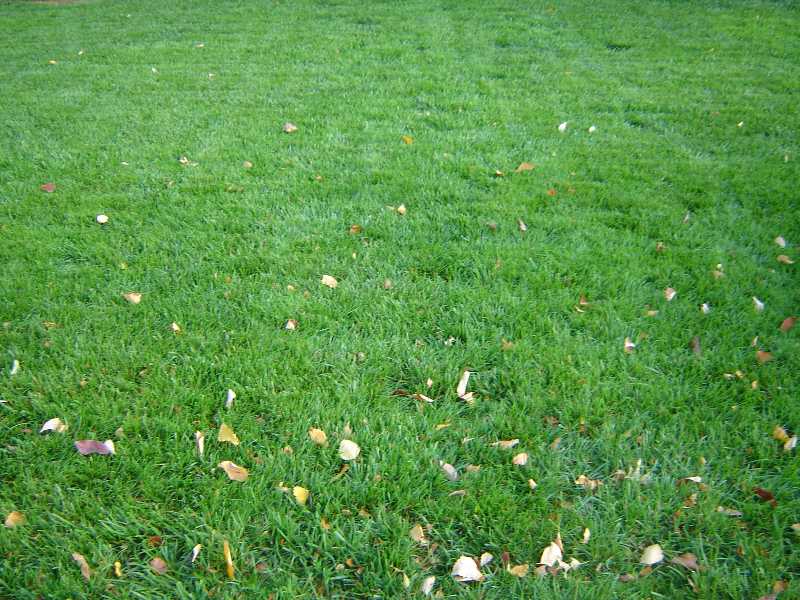 |
A lawn grass (Festuca) that was dormant in summer due to drought and greened up after rain in early October
|
|
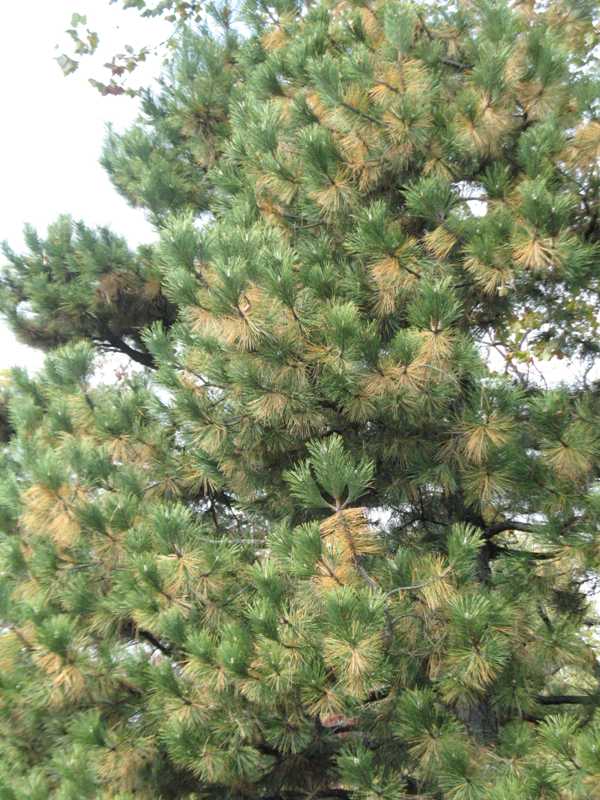 |
| Austrian pines (Pinus nigra) drop their older needles every year. This is normal and no cause for concern. |
|
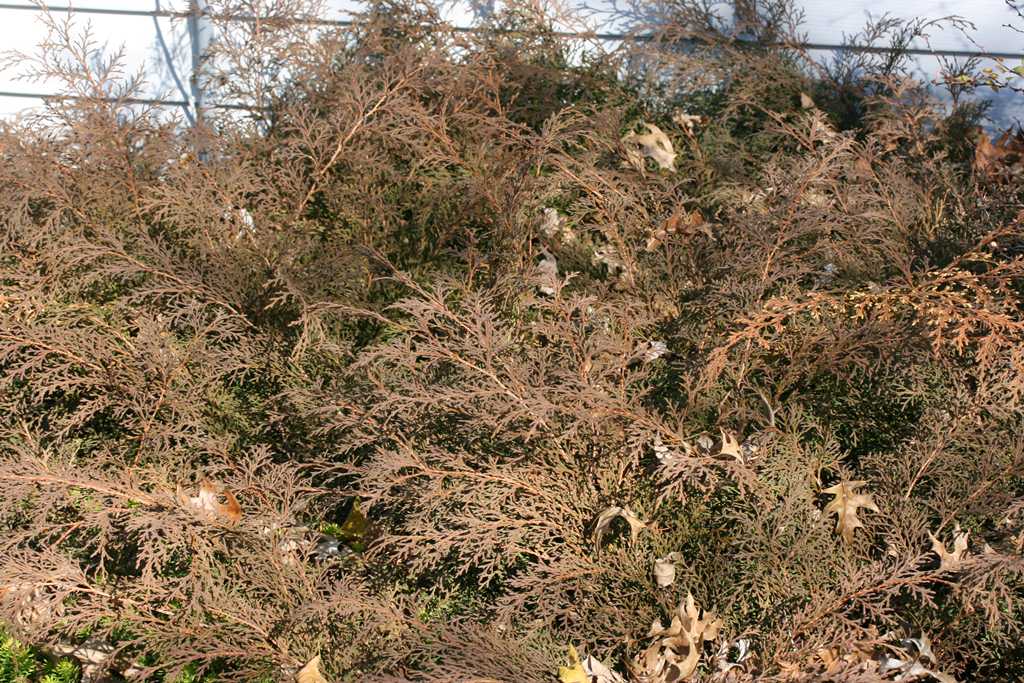 |
The needles of some evergreens, such as, this Siberian cypress (Microbiota), turn bronze or brown in winter but green up in spring.
|
|
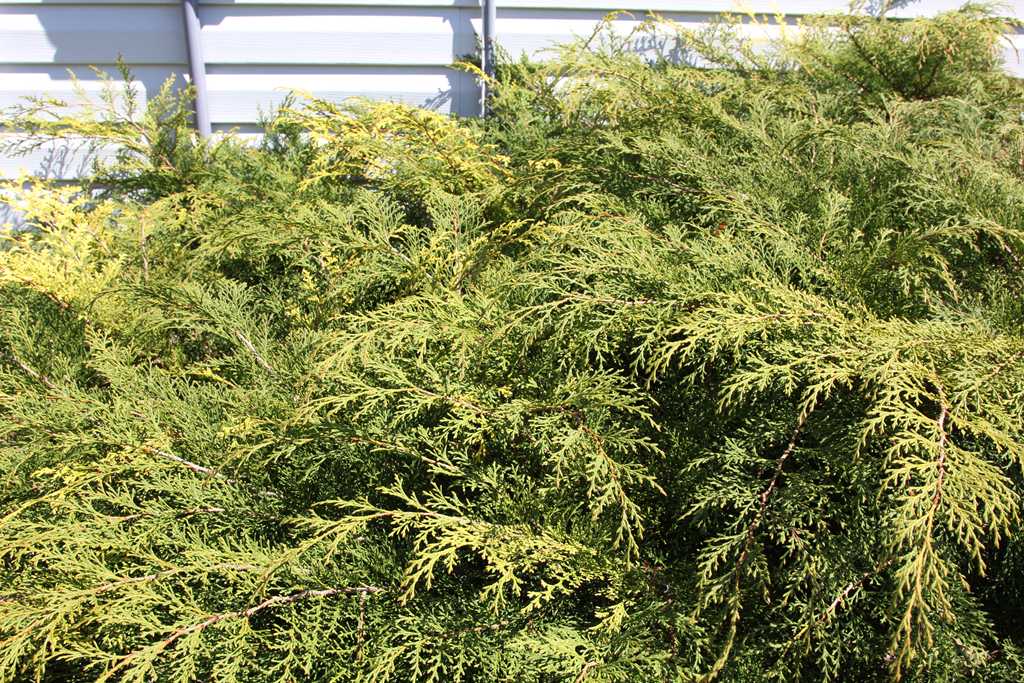 |
| The needles of some evergreens, such as, this Siberian cypress (Microbiota), turn bronze or brown in winter but green up in spring. |
|
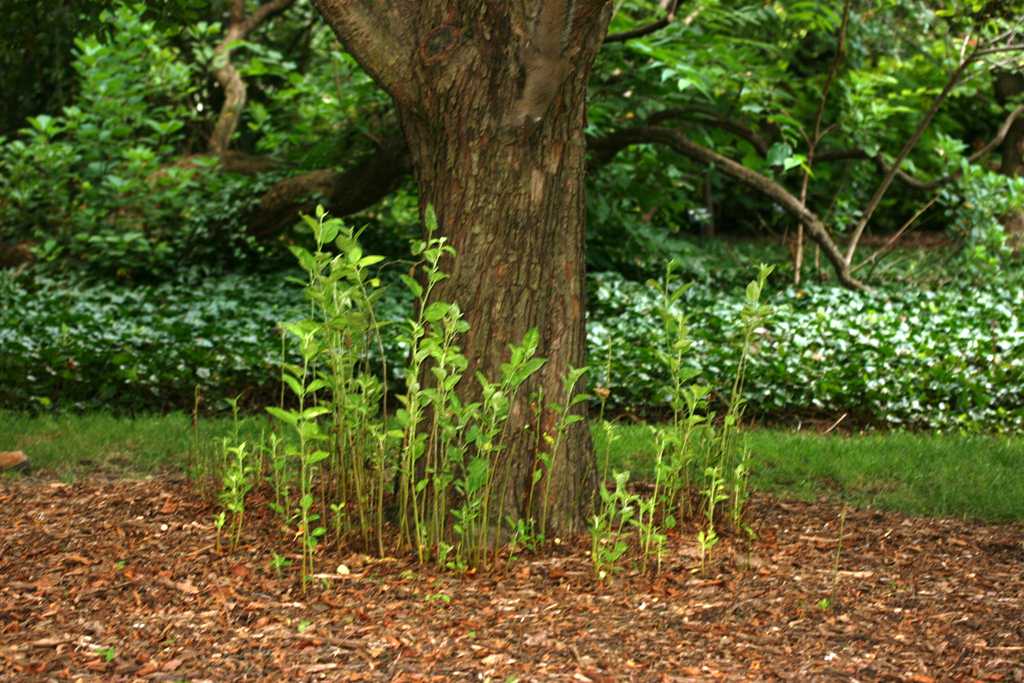 |
Root suckers, such as, those of this apple tree (Malus) are normal but should be removed.
|
|
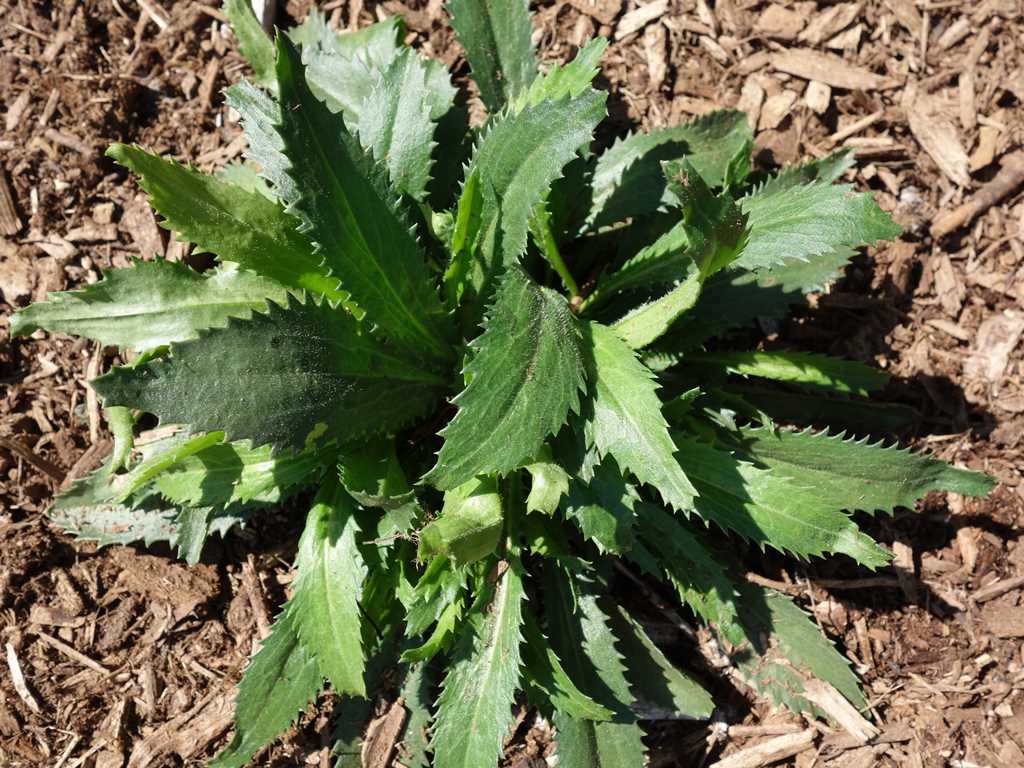 |
This Shasta daisy (Leucanthemum × superbum) has not flowered because it is simply too young.
|
|
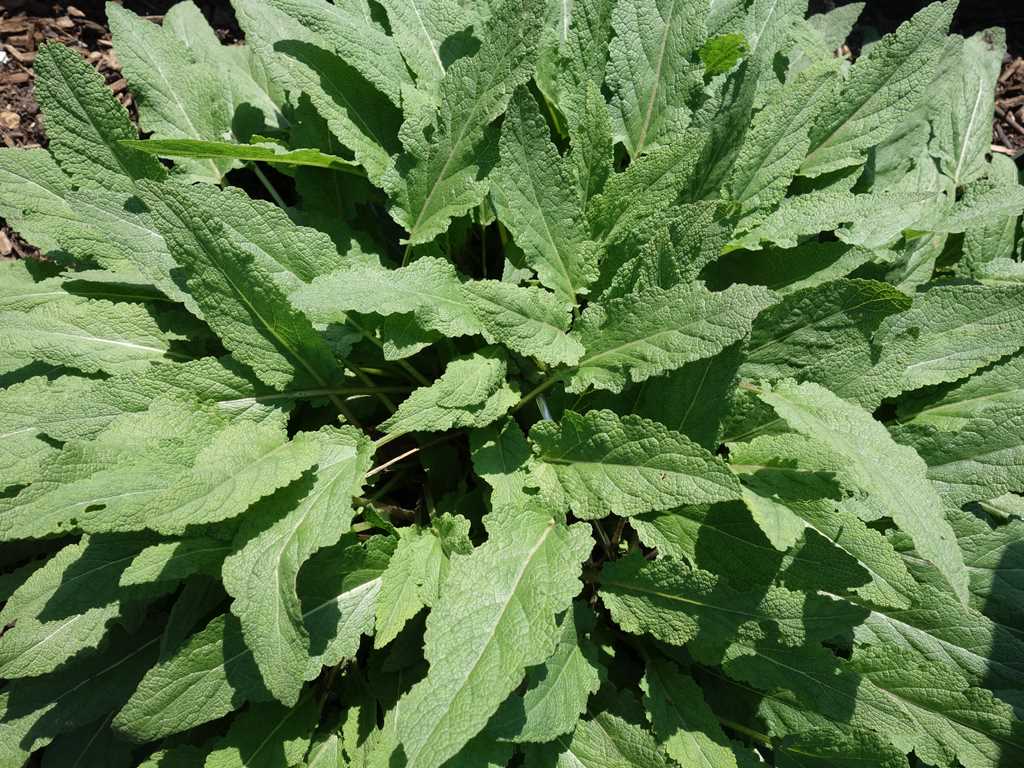 |
This betony (Stachys officinalis 'Hummelo') has not flowered because it is simply too young.
|
|
|